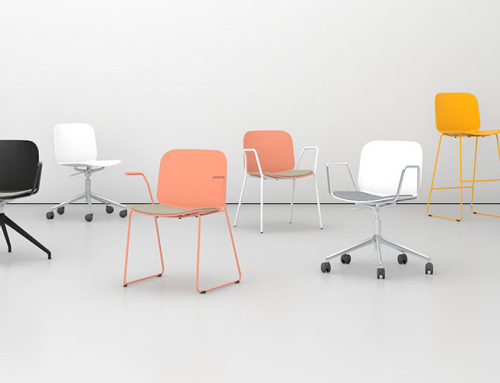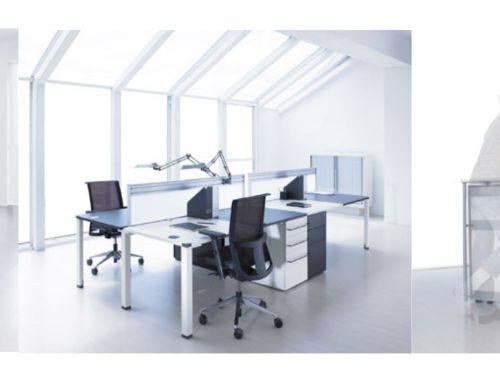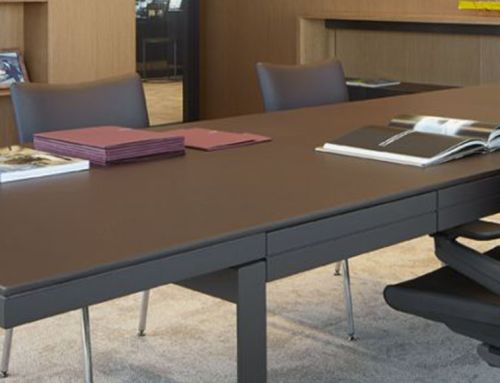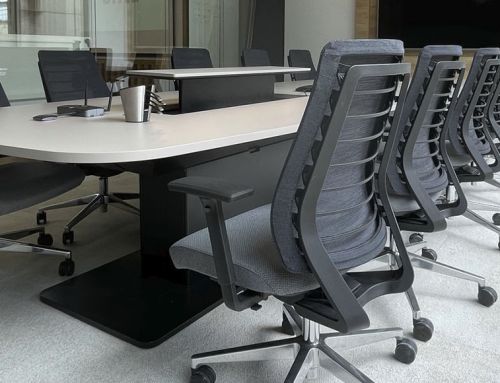Ecodesign in products is the future of sustainability. Disregarding the environmental aspect of product production was no longer an option many years ago.
According to Greenpeace, today we use 50% more natural resources than 30 years ago … A worrying fact for the health of the planet. The good news is that little by little the current economic system is completely changing when it comes to disposable products.
Uncontrolled consumption requires solutions such as ecodesign, a whole business philosophy and a sustainable way of producing.
WHAT IS PRODUCT ECODESIGN AND WHY IS IT SO IMPORTANT?
Ecodesign is to identify, at the same time a product is projected, all the environmental impacts that can occur in each of the phases of its life cycle , in order to try to reduce them to a minimum, without detriment to its quality and applications.
Faced with the linear economy that is based on the principle of buy, use and throw away, ecodesign is a key piece of the circular economy , which contemplates a new life for the product.
It comprises a holistic view of the products that is not only limited to the materials, but to all phases of the product life cycle, from the extraction of raw materials to their disposal or recycling, through the entire production process and the way greener distribution.
Sustainability remains a dead letter when, for example, no matter how ecological the materials are, they come from the other side of the world and have had to be displaced in means of transport that generate tons of CO2.
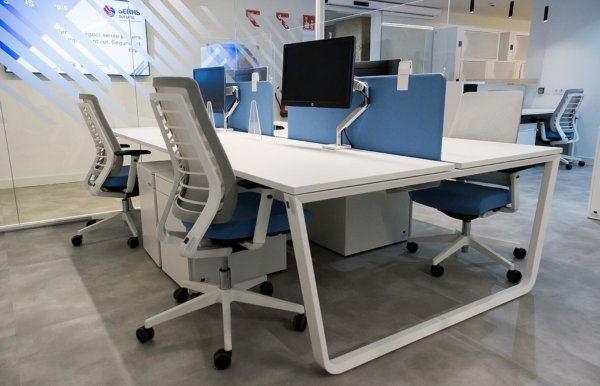
An example: the ecodesign of products at Ofita
Ofita has been a pioneer in ecodesign. Already in 2000 , it participated in the Ecodesign project, launched by the Public Society for Environmental Management of the Basque Government ( IHOBE ), and whose objective was to reduce the environmental impact in the design and manufacture of industrial products.
Within the framework of this project, Ofita analyzed the materials and processes used in its products, and sought and incorporated new, more ecological alternatives. As a result:
With the new table designed by Ofita that year ( Genius ) the environmental impact was reduced by 29.5% compared to another recent model.
Likewise, a weight reduction of 27.18% and a volume reduction of 52.32% were achieved.
Through this project, in which all the company’s departments participated, Ofita included environmental criteria in the product design and internalized the methodology used, anchoring it in its own management and / or product development systems.
Since then, Ofita products have been eco-designed . In its development, in addition to aesthetic and functional conditioning factors, three other environmental factors are key:
- Reduce the amount of raw materials to use, especially those that produce a greater environmental impact, as well as reduce energy consumption.
- Reuse, so that its durable parts can be reused to generate new products.
- Recycle, incorporating recyclable materials and elements.
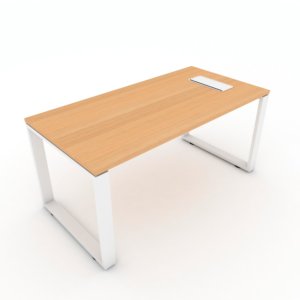
PRODUCT ECODESIGN CERTIFICATIONS
In recent years, consumers have been concerned about the use of environmentally friendly products and, in response, manufacturers are launching products that are presented under the label of “ecological”. Are they really all?
Ecodesign has its own regulations, which certify the sustainable nature of the products that are put on the market. Perhaps the best known are ISO 14001 and ISO 14006.
- ISO 14006
The ISO 14006 ecodesign certification is internationally known, and it is a guarantee that a product has been manufactured using processes that minimize environmental impact and footprint.
The ISO 14006 Standard on “Environmental management of the design and development process. Ecodesign ”is a recognition by external agents to organizations that incorporate environmental criteria in the design and development of their products and services.
- ISO 14001
The ISO 14001 is the standard ” Protecting the environment” . It is achieved by implementing a management system for environmental risks that may arise with the development of a business activity.
This standard enables companies to demonstrate that they are responsible and committed to protecting the environment.
There are other regulations such as Cradle to Cradle (C2C), which certify and promote innovation in sustainable products.

